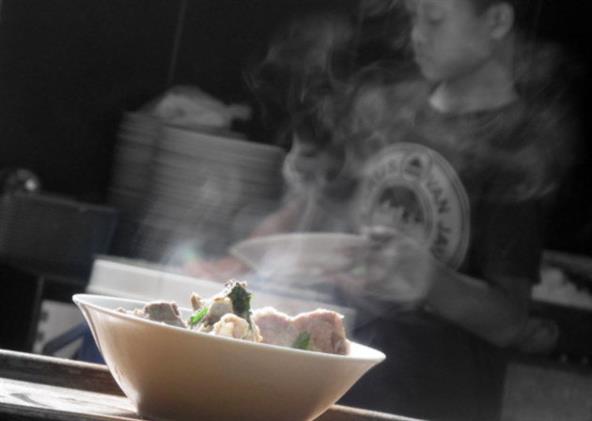
Hazy Food Terms
By Tris Marlis - Saturday, Jun 22, 2013
The haze in Singapore has very much killed everyone’s appetite for the past week. The presence of smoke has never been so unappealing before – think BBQ, satay and liquid nitrogen. In these cases, the poor clarity of air adds mystery and anticipation in food we are about to eat, it almost never failed to lure us.
However, did you know the terms –food and haze – have been used interchangeably to describe one and another?
Chill Haze
This term is used to describe hazy and milky looking beer. When haze-producing proteins and tannins are present in the beer, they will react to clump into larger particles to reflect light and create a milky appearance, when it is chilled. Commercial breweries usually will have to run through a filter to remove both haze and yeast. So if you are having a hazy beer in hand this weekend, it is caused by poor filtration, not the weather.
Purple Haze
There is a Thai restaurant in Beijing and a brewery in Los Angeles, both named Purple Haze. A fancy name, isn’t it? Purple Haze (Capsicum Annuum) is also name for a chilli species, originates from the southern of North America. It has a beautiful dark lilac colour and turn to a purple-tinged red as it matures. The colourful aspect of peppers increases visual appeal of food which makes it more appetising.
Pea Soup Fog
It is also known as London fog, or the more intimidating name – killer fog. “Pea Soup” refers to very thick smog caused by air pollution, and it is very dangerous as it contains poisonous gas sulfur dioxide that has a pungent and irritating smell. This gas usually comes from volcanoes eruption or certain industrial processes. It is named “pea soup” because the consistency of the soup is as milky as the air. We may call our haze slightly diluted pea soup cooked over wood fire, but be glad; at least it is not the volcanoes!



